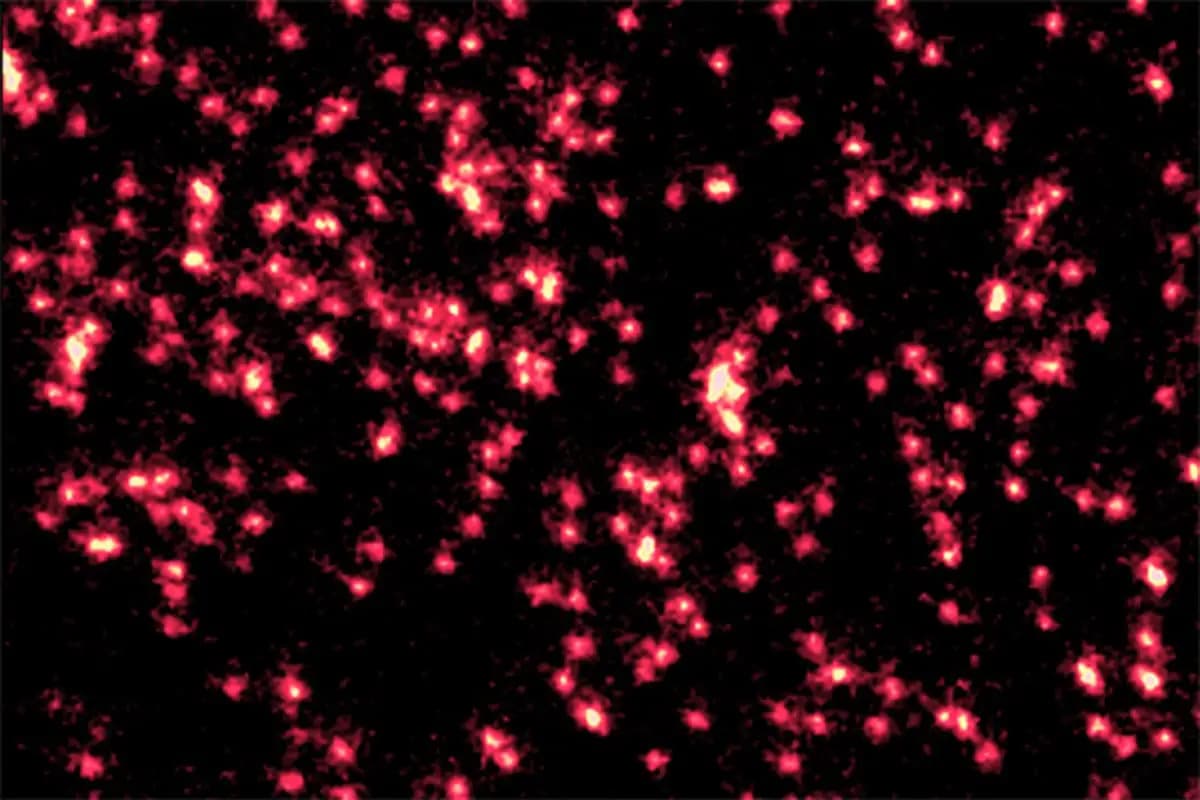
Atoms behave like quantum waves that have been captured for the first time with high precision
⇧ [VIDÉO] You may also like this partner content
French researchers have revealed the clearest picture ever of individual atoms behaving like quantum waves, as predicted by the Schrödinger equation. This experiment, which governs much of quantum mechanics, represents a major breakthrough in the field and will continue to explore the strange quantum behaviors of single atoms.
The wave nature of matter is one of the most fascinating aspects of quantum mechanics. This phenomenon, predicted by the Schrödinger equation in the 1920s, called “wave-particle duality” (or wave-particle duality), leads to the fact that matter particles can behave as particles and as particle waves. This dual property was initially proposed by physicist Louis de Broglie, with electronic wave theory integrating the two concepts.
These theories were confirmed over the following decades by numerous landmark experiments, such as electron diffraction observations. The latter consists of bombarding the sample with electrons and observing the resulting diffraction behavior (the behavior of waves when they encounter an obstacle or aperture).
Some have also highlighted the wave behavior of massive particles (such as atoms and molecules), which in particular can be transformed into “wave packets”. It is this property that allows a particle to exhibit multiple frequencies and wavelengths combined, giving it unique quantum properties.
Another class of experiments made it possible to study the spatial distribution of individual wave packets. On the other hand, recent advances in quantum imaging have made it possible to capture the wave function of individual atoms. In a simplified way, the wave function gives any particle the typical interference properties of a wave and generalizes wave-particle duality.
The image was recently taken by researchers from the Sorbonne and Toulouse On site Sharpest wave packets from single atoms have ever been obtained, in a detailed experiment on a preprint platform
arXiv. This is a major achievement, as it perfectly reproduces the predictions of the Schrödinger equation.

Atoms that behave like particles appear as red dots, but spread into more diffuse droplets when they behave like waves. © Joris Verstraten et al.
A new observation confirms the Schrödinger equation
To carry out their experiment, the researchers relied on advanced detection techniques to capture the transition of individual atoms into wave states. To do this, quantum gas microscopy was used to image the distribution of wave packets as they propagate in the plane. The wave function is transmitted in a controlled manner through an optical network (an array of lasers).
This technique made it possible to capture the wave behavior of atoms with unprecedented precision. The captured image shows individual atoms behaving like particles, as tiny dots. When they turn into waves, the dots become larger and more spread out. ” By varying the initial propagation and momentum of single-atomic wave packets, we observe dynamics that quantitatively agree with the predictions of the Schrödinger equation. », explain the experts in their document.
See also
These results could have important implications for future research in quantum mechanics, allowing the behavior of individual atoms to be explored in more detail. In fact, according to the study's researchers, their protocol can be applied to observing the wave function in a multi-body system. Multi-body systems are used to model the dynamic behavior of rigid and/or flexible bodies, linked together by mechanical bonds.
Ultimately, the research could lead to the discovery of new properties of quantum mechanics, which could improve performance in quantum computing and materials science. Moreover, observation On site The quantum behavior of atoms could make it possible to develop new high-performance sensing technologies, based on monitoring quantum states of particles.
source : arXiv

“Organizer. Social media geek. General communicator. Bacon scholar. Proud pop culture trailblazer.”

